Introduction to Zoology for Early Elementary Students ~ Week 7: Insects
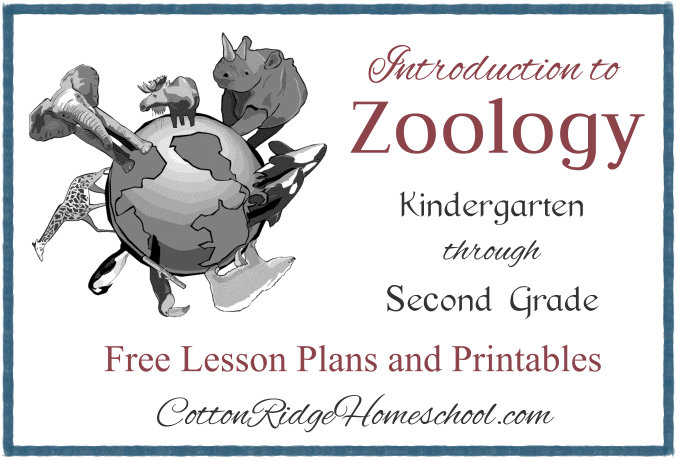
This post is part of the Introduction to Zoology series. For a suggested class schedule, an overview of the entire course, and links to more lesson plans, please see the Introductory Post.
My sincere apologies for the long delay in completing this series of Lesson Plans. I am very sorry for any inconvenience it has caused you! I hope to have the remaining lessons posted by the end of March.
In this lesson you will teach your students about insects. The * indicates that the idea came from the American Heritage Girls “Insect-A Inspect-A” Tenderheart badge requirements list.
Disclosure: I was not compensated for this post. I am an affiliate of Amazon, and will receive a small commission if a link on this page is used to make a purchase.
Week 7 Lesson Plan
Note: The following schedule is for a 2-hour class. We also allowed time each week for Show-and-Tell, which is not included below.
1. Introduction & Map Activity (Floor: 5 Minutes)
For this lesson, you can show your students the migration of Monarch butterflies. They leave Canada and North America when it starts getting cold, and migrate to Mexico. You can read more about this migration here, or watch the PBS movie The Incredible Journey of the Butterflies. (This is too long to watch in most classes, but we watched it at home. The story is very interesting, and it is amazing to see all those butterflies in one small area in Mexico!)
Insects live on every continent, including Antarctica.
In my lessons I used the Discovery Kids Fabric Activity Map pictured at the right. I split the felt land mass, water body, and animal pieces into 12 different baggies, one for each lesson. Each week I distributed the felt pieces among my students and allowed them to place them on the map, using a picture of the completed map as a guide.
Alternate Map Idea
The Discovery Kids map appears to be discontinued, so instead, you can use a regular wall map or globe. Cut out small pictures of the animals you are going to learn about from magazines or old encyclopedias. During each lesson attach them to the appropriate area on the map or globe with removable poster putty.
2. Poetry (Floor: 5 Minutes)
The Llama Who Had No Pajama: Permutations (page 52).
3. Animal Encyclopedia (Floor: 5 – 10 Minutes)

- “What is the most interesting thing you remember?”
- “How many legs to insects have?” (Six)
- “How many body segments do insects have? Do you remember what they are called?” (Head, thorax, abdomen)
- “Is a spider an insect? Why or why not?” (No, they have 8 legs and only 2 body segments.)
I mostly used DK First Animal Encyclopedia, and occasionally Usborne Children’s Encyclopedia of Animals for my lessons.
Use a free Animal Sounds app on your phone or tablet: find the animals you are studying in this lesson and play the sounds for your kids. My students loved this – especially when I let them touch the buttons to play the sounds! If you can’t find the sound for the animal you are studying, try finding some that live in the same habitat.
4. Activity Idea 1: Is it an insect? Game (Table or Floor: 5 – 10 Minutes)
You will need animal figures (including several insects, a few spiders, and a few other animals) and Animal Classification posters. Click on the thumbnail below to open a PDF file containing the free posters.
Distribute the posters among your children – two or three can share one poster if you have a lot of kids in your class. Keep the container of animals on your lap. Hold up an animal figure and ask: “Is this an insect? Why or why not?” Have the students decide on which poster the figure belongs. Let them know if they are correct; or if they are incorrect, tell them why (there are hints on each poster!)
Repeat for the remaining animals, for as long as your students are interested.
Activity Idea 2: Observe Butterflies, Ants, and/or Insects (Table or Floor: 15 – 20 Minutes)
You will need:
- Insect Lore Butterfly Growing Kit
- Magnifying glasses
- Insect magnifying jar(s) and insects you’ve caught yourself
- Ant farm
We used the butterfly growing kit with great success – we grew 4 butterflies and were able to eventually release them in the yard. We took them into coop class right after they emerged from the chrysalises. My daughter enjoyed seeing them go through all of the stages:
Catch one or more insects (a ladybug, ant, fly, etc.) and bring to class in the magnifying jars for the kids to look at. A few might not want to – but there were a few in my class who were very interested!
We haven’t purchased an ant farm yet, but it’s on my list for the next time we study insects! I listed it here as an alternative idea for the butterfly kit.
Alternate Activity Idea *
If you have access to a private insect collection, consider bringing it into class for this lesson. Although we didn’t have one for coop, a friend of a friend lent me one for the Insect-A Inspect-A Tenderheart badge work at our American Heritage Girls meeting. There were several girls who were fascinated by it – it was hard to pull them away!
5. Zoology Notebook (Table: 10 – 15 Minutes)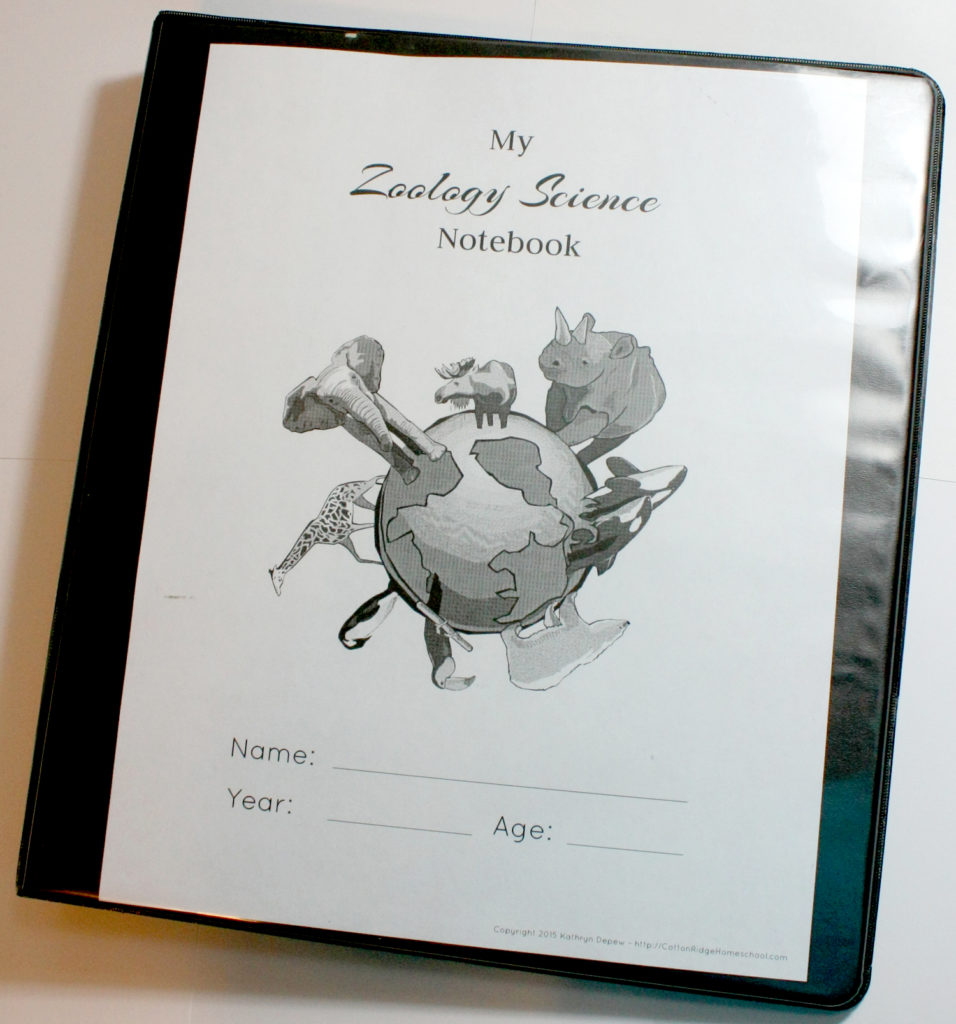
Pass out binders and crayons, markers and/or colored pencils. Have your students color the Dragonfly Life Cycle page. Older kids can draw the butterfly life cycle on this page * (both free education.com downloads).
You can assemble the Animal Science Notebooks before the school year begins if you wish: click here for blog post with free printables, instructions, and list of printables.
6. Story and Snack (Table: 10 – 15 Minutes)
Snack Idea: Have a honey-tasting party! * Try two or three types of honey on white crackers and/or apple slices, and hold a vote for the students’ favorite.
Read The Life and Times of the Honeybee by Charles Micucci. As the book is rather long, plan ahead of time which pages you are going to read, based on your students’ attention spans.
Another snack idea: My teaching partner brought in these cute butterfly bags with meat, cheese, and a pretzel stick for a body. Plus, the kids enjoyed her gummy worm in “dirt” (crushed Oreo cookies on top of chocolate pudding).
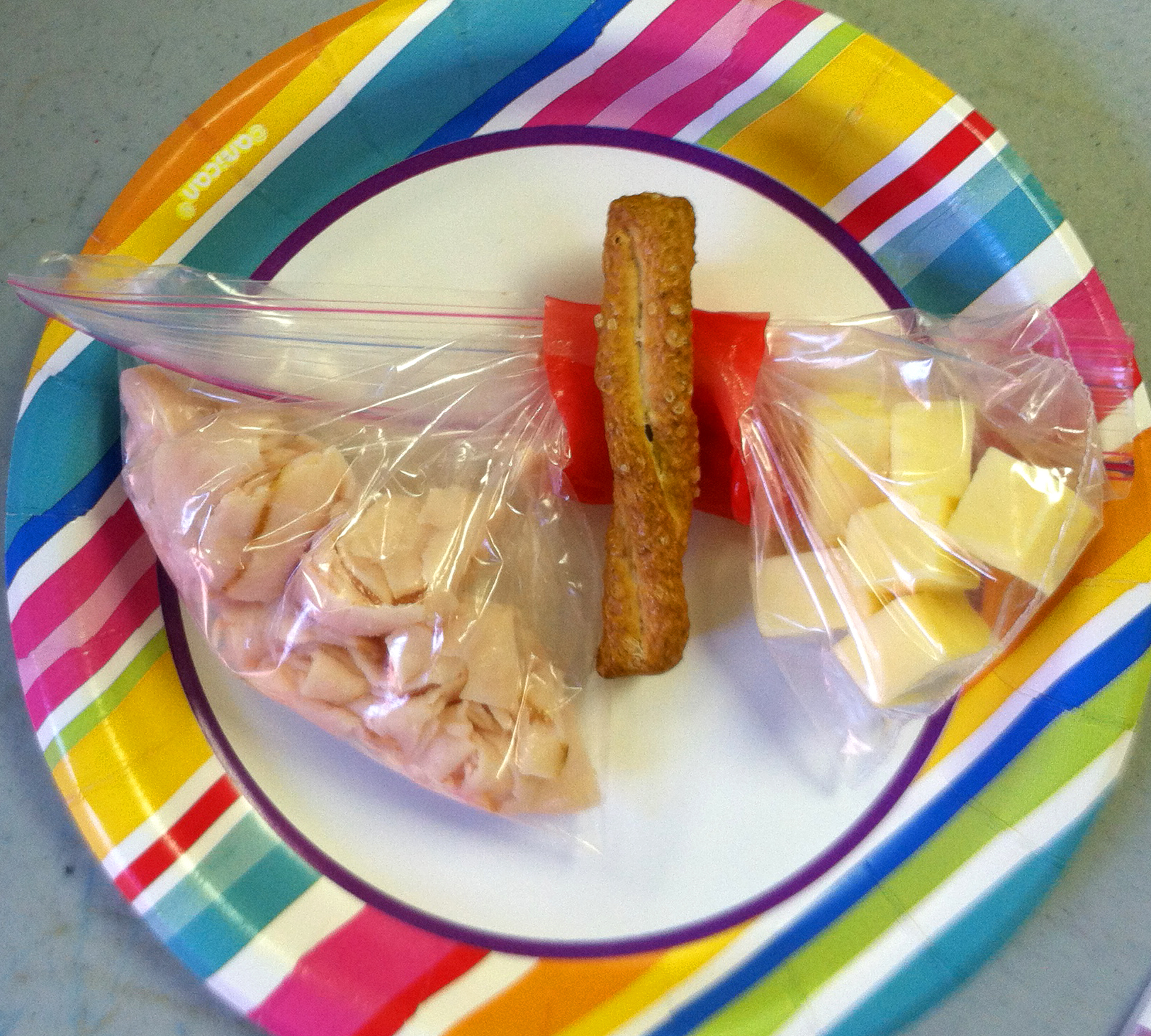
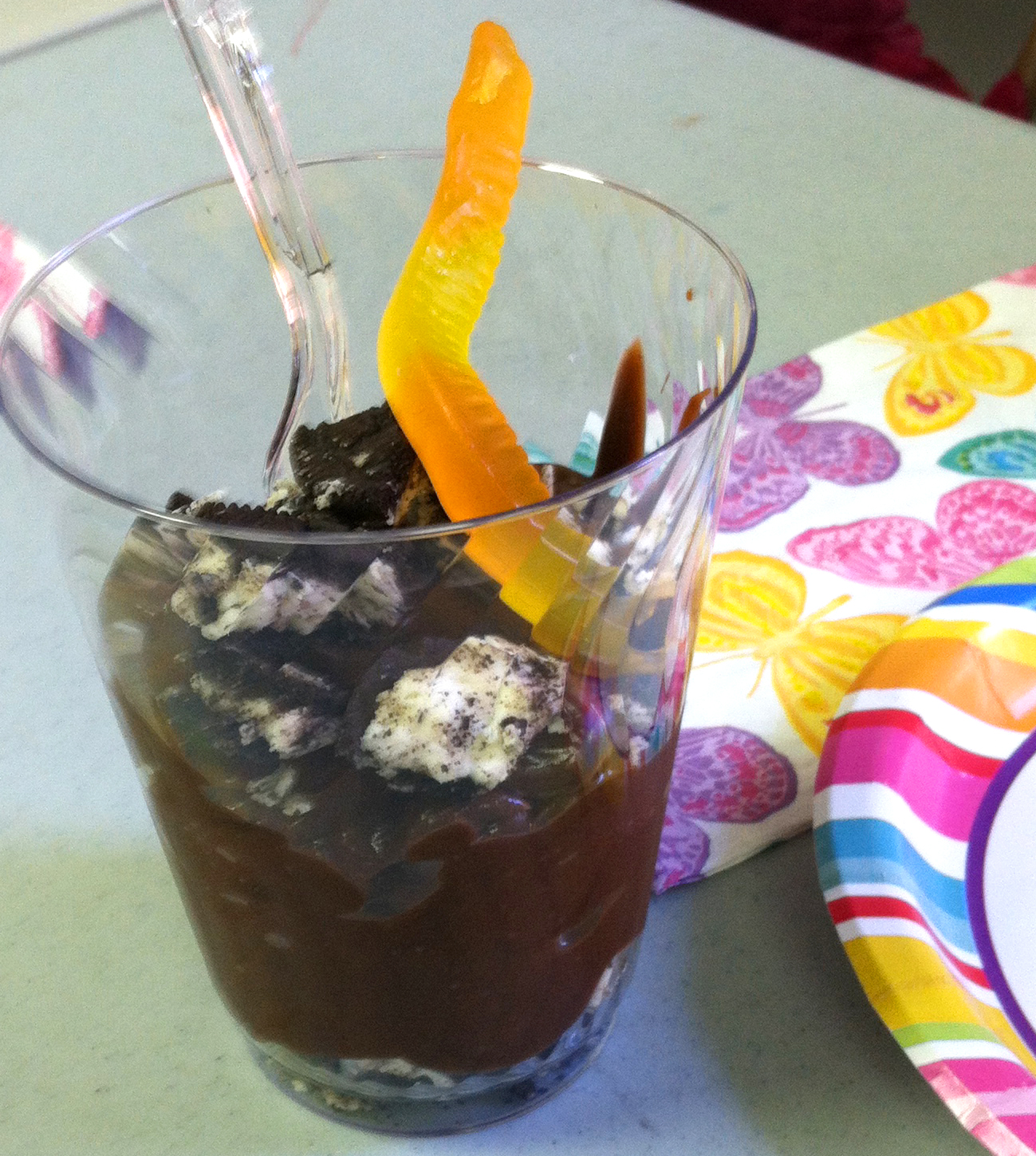
Be sure to check with your students’ caretakers for any food allergies ahead of time.
For more animal-themed snack ideas, please visit my Science For Kids – Snacks Pinterest board.
7. Craft Project Idea: Bookmarks (Table: 15 – 20 Minutes)
Make bookmarks using the free printable below – click on the thumbnail to open and print the PDF file. Have your kids color and cut out the bookmarks. My students loved it when I used my laminator to seal their work!
See my Science For Kids – Life Science Pinterest board for more ideas!
Please feel free to comment below with your recommendations – I appreciate your ideas and suggestions!
Text and Images Copyright 2018 Kathryn Depew
Disclosure: I was not compensated for this post. I am an affiliate of Amazon, and will receive a small commission if a link on this page is used to make a purchase.


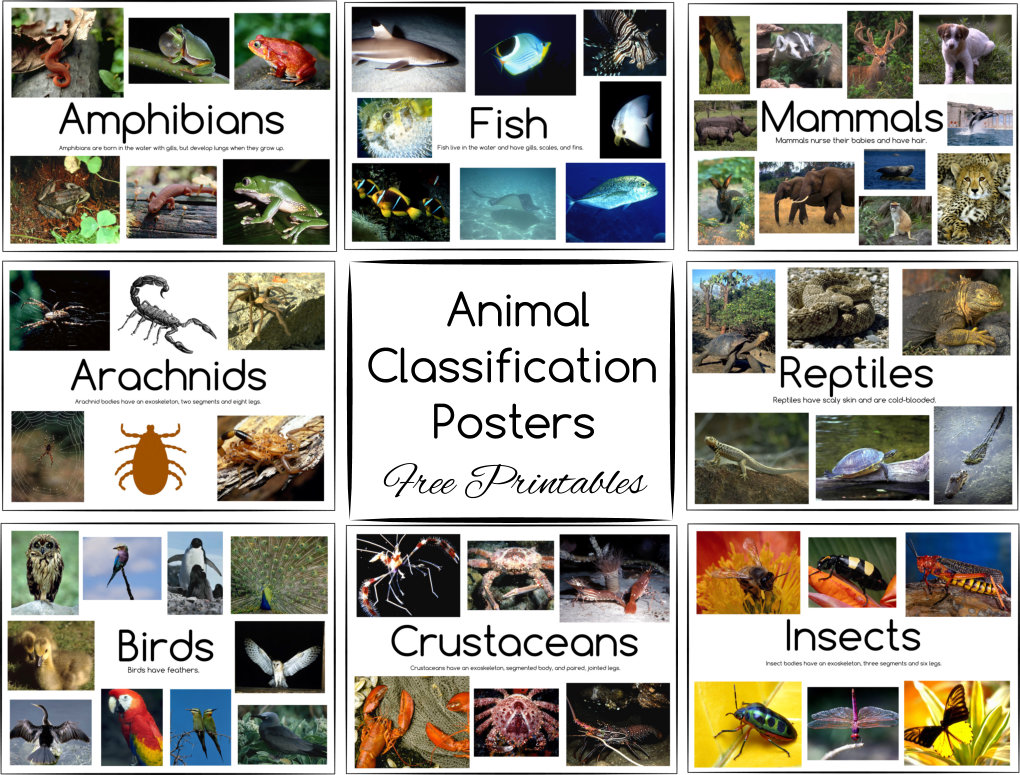


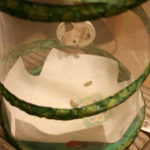
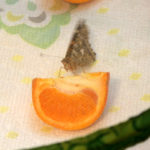
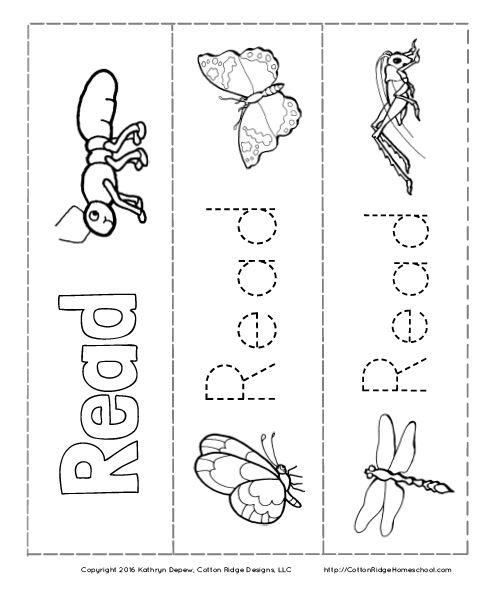
Leave a Reply